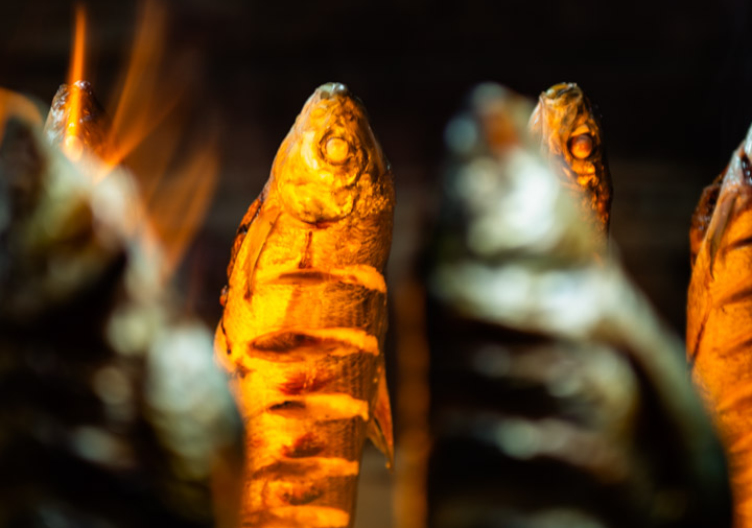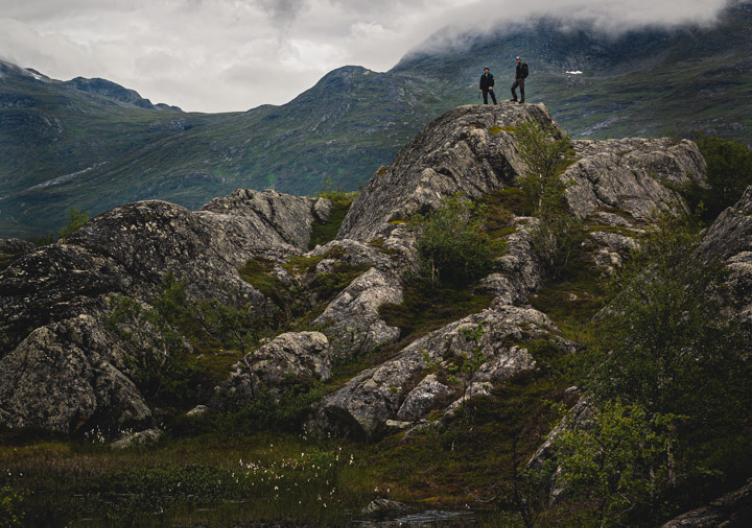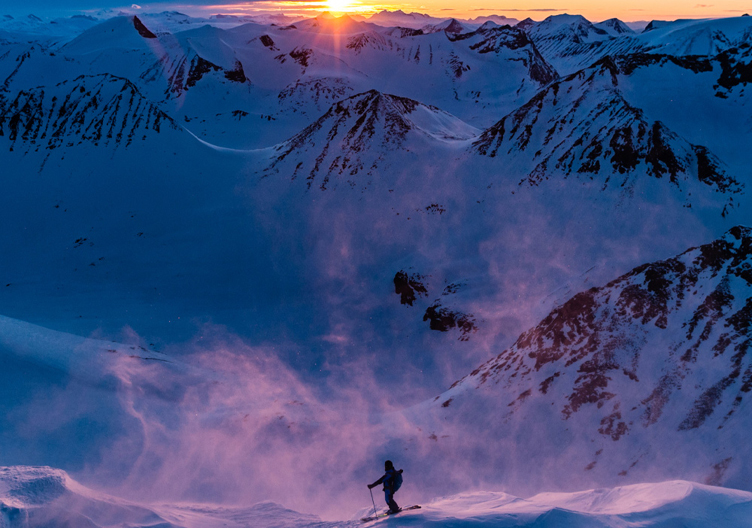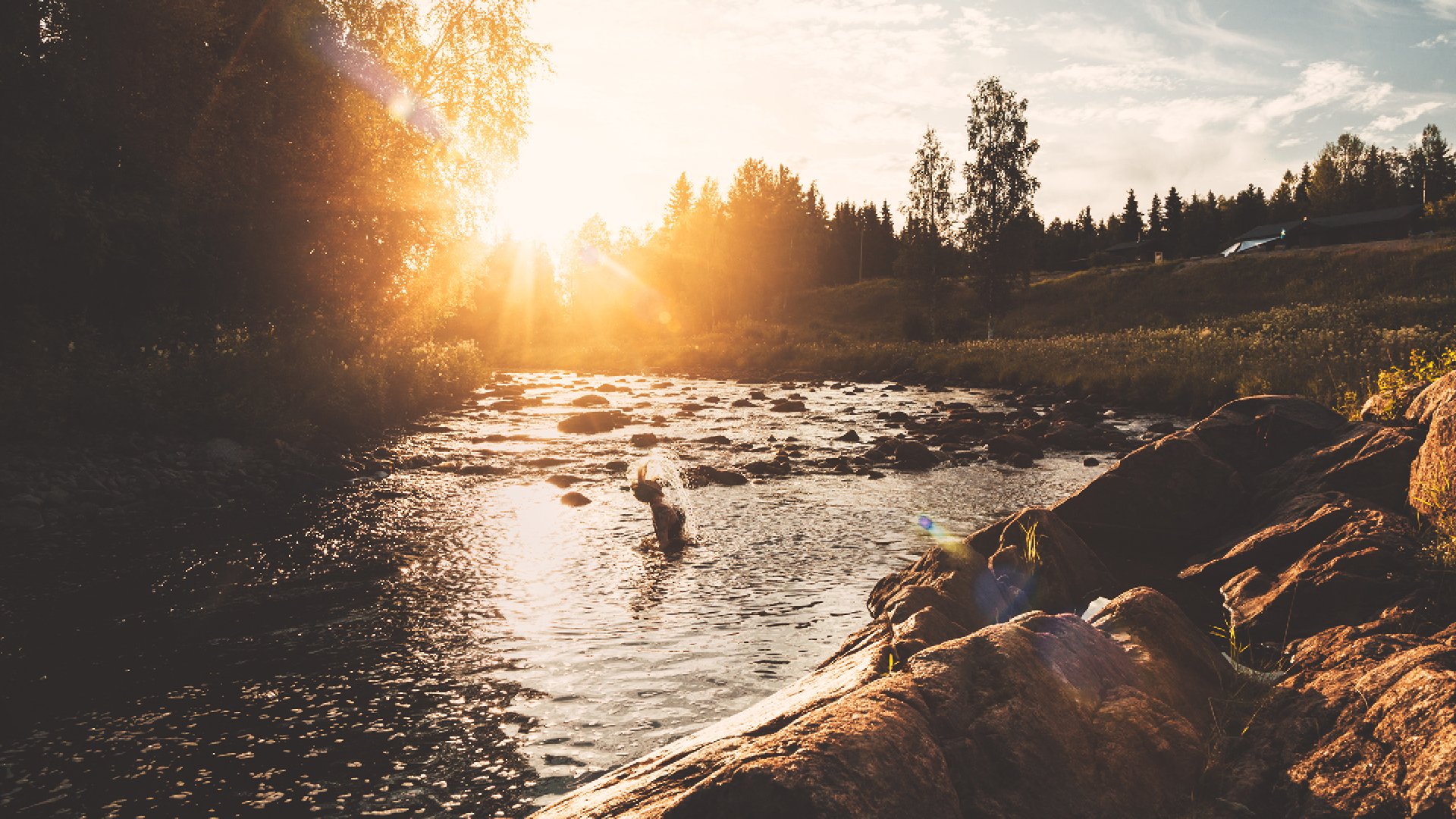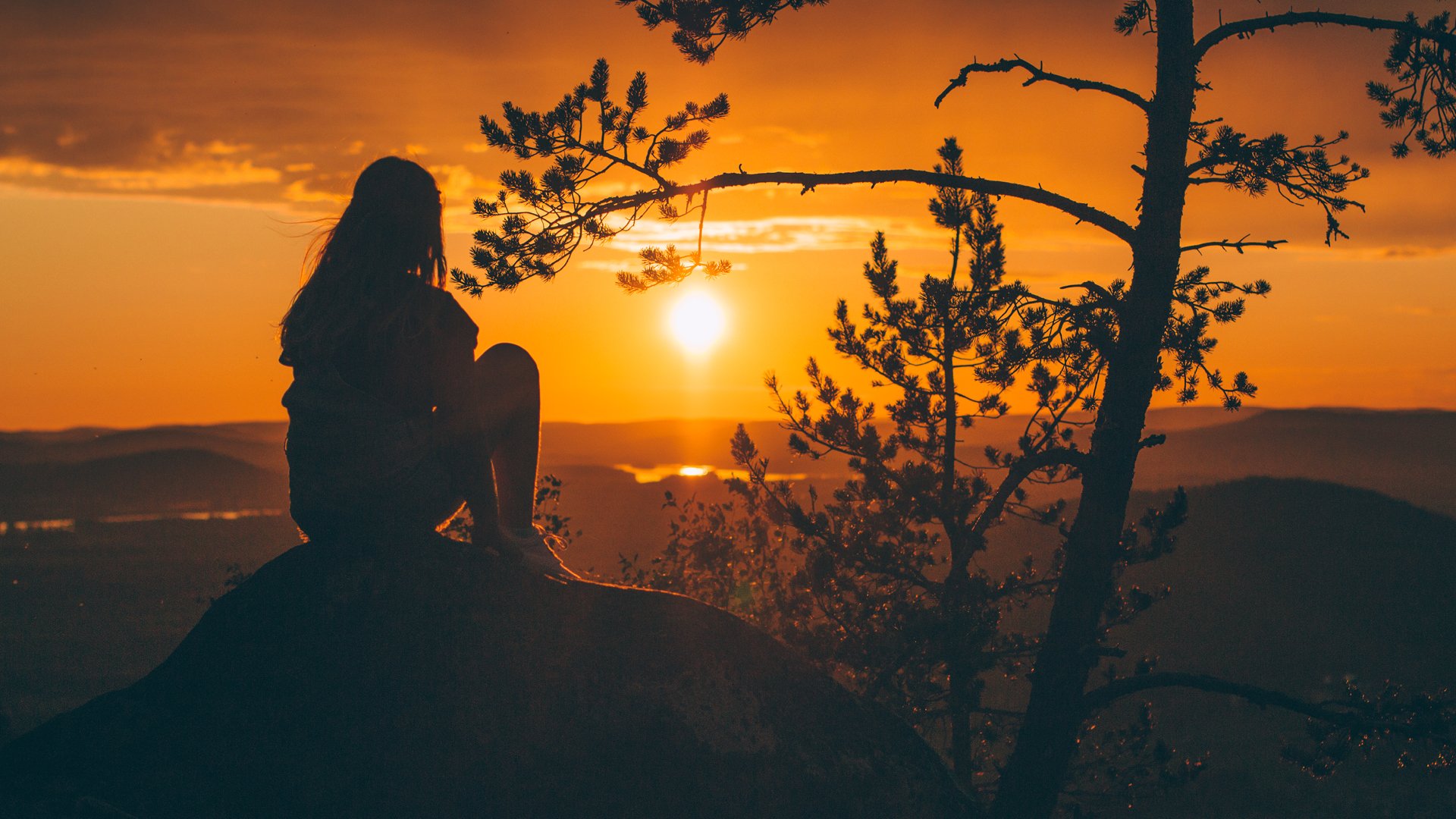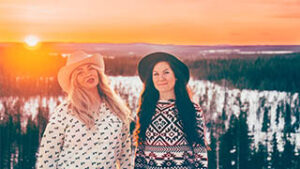There is something special about travelling through the Torne Valley. Undulating hills as far as the eye can see, pink rosebay willowherb lining the roadside along the journey and the mighty Torne River as a constant companion by your side. The river is also the hub and node between two countries intertwined by both language and culture.
Apart from being a spectacularly scenic place this is also home to one of Sweden’s five minority people: the Tornedalians, with their own language: Meänkieli. This is a roadtrip for those wishing to experience a minority culture, midnight sun and nature along the Torne River.
Tornedalen
There is something special about travelling through the Torne Valley. Undulating hills as far as the eye can see, pink rosebay willowherb lining the roadside along the journey and the mighty Torne River as a constant companion by your side. The river is also the hub and node between two countries intertwined by both language and culture. Apart from being a spectacularly scenic place this is also home to one of Sweden’s five minority people: the Tornedalians, with their own language: Meänkieli. This is a roadtrip for those wishing to experience a minority culture, midnight sun and nature along the Torne River.
Click on [ ] to bring up the map details on your mobile or desktop (at the top right corner of the map).
Route A: Haparanda to Övertorneå
Start your road trip in Haparanda, a town that offers shopping and luxury as well as an archipelago. Contrasts at their best. Here you’ll also find the historic hotel Haparanda Stadshotell, Cape East – a hotel and spa at Sweden’s easternmost point – and one of the country’s 30 national parks: Haparanda Archipelago. Take a detour and discover the island Seskarö. On Seskarö there are hiking and biking trails, and excellent chances of finding a sandy beach that you’ll have all to yourself. Would that be possible anywhere else than in the Torne Valley? If you want to stay and enjoy the Arctic archipelago a bit longer, there’s the campsite Seskarö Havsbad & Camping.
Haparanda is where the famous route 99 begins, also known as the Northern Lights Route. Drive north and you’ll encounter plenty of gems along the way. Have a coffee and check out the flea market at Taavolagården, a well-preserved Torne Valley farm from the 19th century, before stopping at Kukkolaforsen rapids. Here you can visit the Torne Valley Fishing Museum and try netting your own whitefish in the roaring rapids: an old tradition dating back to the Middle ages and still practised today in the rapids around the Torne Valley. If it leaves you wanting more there’s also a whitefish party organised here every year where you can buy freshly grilled whitefish to go.
Also read
A stay in historyNorth of Kukkola you’ll find Elmer’s farm shop – this is probably the most Torne Valley-typical farm shop you could ever come across! The shop is located in an old outdoor sauna, renovated with care to become what it is today. They sell the farm’s own canola oil and mustard, food craft and handicraft from the Torne Valley and Norrbotten in general. Take the opportunity to restock your picnic basket before you leave.
The next part of the route is truly scenic. If the water is low in the Torne River you can see some sand bars in the middle of the river. Most locals have their ‘own’, half secret beach spots that they go to by boat when they start appearing. There’s no shortage of exciting accommodation options either, or places to eat, or local handicraft.
Just south of Övertorneå you can take a detour up to the Luppio mountain. Following the winding path up the mountain you’ll arrive at the region’s newest landscape hotel: Lapland View Lodge. Apart from the tasty food you can eat here, the Lodge also offers accommodation with a panoramic view of the mountain. The Luppio mountain is also an interesting place to go if you’re interested in photography. Just don’t forget your telephoto lens so you can zoom in across the wide expanse!
Learning the meaning of village names
In the Torne Valley you drive past numerous villages with names in Meänkieli, the minority language. Most of these villages and places are named for something that characterises them. These are some common words in village names:
Koski = rapids
Järvi = lake
Kangas = dry heath with pine forest
Kylä = village
Ranta = beach
Hirvi = elk
Joki = stream
Vaara = mountain
Niemi = isthmus
Jänkkä/Vuoma = marshland
Mettä = forest
Lompolo = long narrow lake
Vuopio = small stream
Route B: Övertorneå to Pello
In the heart of the Torne Valley is Övertorneå. There are supermarkets here as well as places to refuel or recharge your car. If you want to stay the night there are a number of options for all types of travellers: the unmanned Torne Valley Bed & Breakfast, self-catering at The Friendly Moose, or hotel cabins and camping at Norrsken Lodge. At Norrsken Lodge there are also many activities for the adventurous to book. You can rent your own kayak, canoe or SUP-board and go exploring along the Torne River and its inlet.
Also read
The summer coastNorth of Övertorneå you enter a small village by the lake with the same name: Soukolojärvi. Make a little detour to buy local reindeer products from Tornedalens Renprodukter before returning to the Northern Lights Route, heading north. If you continue along the way you’ll see plenty of ‘Insta spots’ and even more places to go for a swim than you could possibly need! Kattilakoski has been named Sweden’s nicest rest stop several times, and when the water in the Torne River is low enough locals gather at the cliffs to sunbathe, dive in from carefully selected spots and take adventurous swims in the currents. A bit further downstream – some 100 metres south of the rest stop – there’s Maunu, which is more of a local secret. When the water is low you can come here as well to sunbathe and swim on sun-baked cliffs.
In the village Juoksengi you can stop right at the Arctic Circle for a classic Insta moment. The Arctic Circle House next door is open in summer with food, pizza and camping spots. A swimming competition is organised here every year, in the middle of summer: Swim the Arctic Circle. The competitors swim across the river from Sweden to Finland, and not only do they cross the national border, they also cross the Arctic Circle and swim between two time zones. As you have discovered by now, the Torne Valley is filled with surprises, and the village of Svanstein having its own Hollywood sign is definitely one of them. You can even hike up to it by walking up the steep staircase next to the old ski jump slope by the Svanstein sports field. There’ll be a nice view as a reward at the end!
Meet “Munken”
When Lars Munk, “Munken”, decided to go all in at salmon fishing, he settled down along Torneälven in Pajala.
Route C: Pello – Kangos
By now you’ve seen how the Torne Valley is made up of several small villages at varying distances from the larger towns – all of them offering their very own charm. It’s a cultural experience just to go through them, so don’t be afraid to make detours to discover more! Perhaps you’ll also get to see the famed ‘Torne Valley Lock’: a sign of the family atmosphere in the area is that instead of locking the door when you leave your house, you put a broom in front of the door to signal that you’re not in at the moment. Most people say it means you’re allowed to go inside, make yourself a cup of coffee and wait for the homeowner to come back, but whether all Torne Valley inhabitants would agree is an another question…
Also read
Between two worldsNorth of Svanstein you get to Neistenkangas and Pello. Stop at Pentäsjoki, which apart from being a tributary of the Torne River is an entire recreational area in itself. Locals come here to sunbathe, swim and fish in summer, but there’s also a hiking trail along the stream with cottages to rent overnight.
In Pello you’ll find Dessans Café & Logi just by the bridge across to Finland. Have you tried the local delicacy coffee cheese? Here you can order it to go! Speaking of Torne Valley classics: Have you read the book (or seen the film) Popular Music from Vittula, which put Pajala on the map internationally speaking? In Pajala and the surrounding area you can visit several of the filming locations, and much more! Keen salmon fishers mustn’t miss out on Kengis Bruk, where the dream of catching the salmon of a lifetime has come true for many.
In the town centre there are hotels and campsites as well as places to eat, and in the surrounding area there are several exciting places to visit. Vasikkavuoma nature reserve is one of them – the largest haymaking marsh in the Nordic countries, perhaps in all of Europe. Scattered across the vast marshland there are around 80 barns that testify to the old days when farmers harvested hay made up of sedge and horsetail. In the village Sattajärvi, only some thirty kilometres from Pajala, is where Kero is based. Kero is a company that has been manufacturing beak shoes, leather bags and rucksacks in the traditional way since 1929. There is more craftmanship on offer in the village Lovikka, the home of the Lovikka mitten. You can even see the world’s largest Lovikka mitten from the road!
The road trip ends in the small village with a big heart: Kangos, also known for its kangos cakes. Every year a salmon festival is organised in Kangos, and in summer there are several exciting activities here you can book. Perhaps off-road quad biking, drifting downriver on a rubber boat in the Lainio River, or visiting a husky kennel? In the village you can stay at cosy Lapland Guesthouse, or at exclusive Pinetree Lodge.
About the Torne Valley route
This trip was created by Therese Lundin and Sanne Brännström at Re-Wild Creative Studio, a communication agency close to nature.



